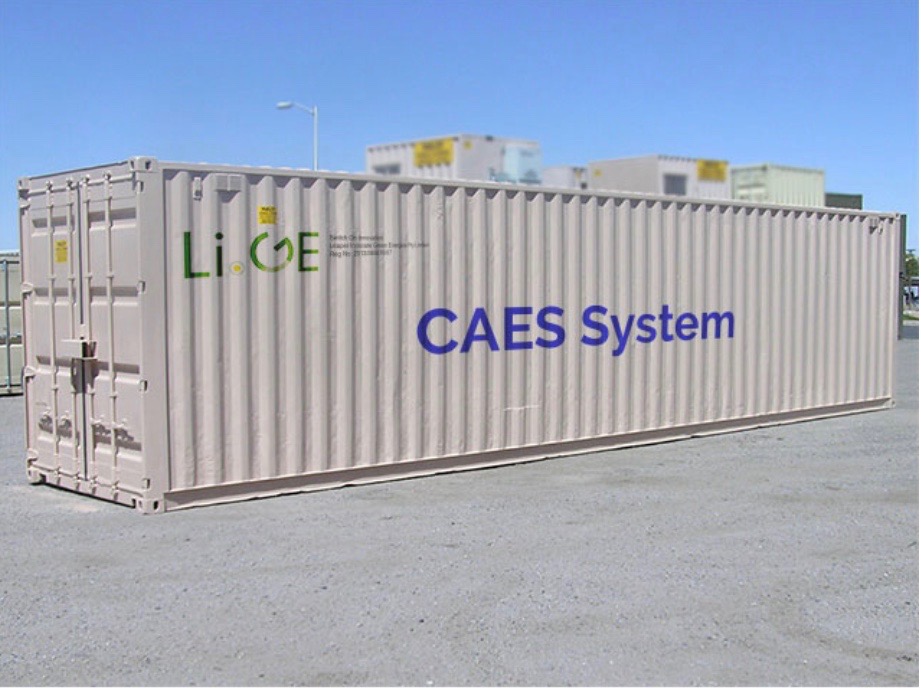Compressed air energy storage (CAES) is not much talked about in Australia, but perhaps that is about to change. A new CAES system from South Africa-based Leaper Innovate Green Energies (LIGE) – introduced to Australia by Queensland-based Essential Water and Energy Services – is unlocking the potential of CAES as a scalable energy storage system for clean intermittent sources with a long lifespan and low-cost.
CAES is not a new technology, of course. The first system (290 MW) was installed at Huntorf, Germany, in 1978 and is still in operation today. In 1988, the Alabama Electric Cooperative’s 110 MW CAES plant also began operations in North America. CAES has become a more feasible solution in the last year and several large-scale projects have been announced in the United States, Israel and Canada.
The LIGE is a zero-emissions air battery that can be linked to the grid or a renewable energy source to provide clean energy and even clean water. According to Essential Water and Energy Services’s managing director, Geoff Hill, “a 1 MW air battery can produce up to 5,000 liters of water a day in humid conditions. The amount of water produced varies depending on the humidity of the air, also no rare earth metals are used and all parts can be recycled.” That 1 MW system could be housed in a single 12-meter container and would require a 225 kW solar system to recharge 1 MWh of stored energy.


With a 30-year lifespan and a range between 40 kWh and 50 MWh in either three-phase 380 VAC 700A or 750 VDC 500A, LIGE air batteries are now being manufactured in Australia.
Popular content
“All major regions in the world have access to respective underground geological resources,” said Christian Breyer, professor of solar economy at the Lappeenranta University of Technology in Finland. “But there are also vast regions without a suitable potential, at least according to our analysis.”
Breyer’s recent study of CAES with fellow researcher Arman Aghahosseini found that the storage technology is best suited to countries and regions that have little or no interconnection with their neighbours. “The more nationally a highly renewable energy system is designed,” Breyer told pv magazine, “the more relevant CAES becomes.”
Breyer believes that CAES may become crucial in the weekly storage zone, rather than as a mainstream or seasonal storage solution. And although the study found that North America (particularly Western Canada) and sub-Saharan Africa were the best suited regions for CAES, Australia also has a decent spread of the right geological conditions (see below image).

Hill says the growing need for scalable energy storage systems in the energy transition means that CAES and particularly the LIGE technology “may challenge lithium-ion’s dominant energy storage position.”
This content is protected by copyright and may not be reused. If you want to cooperate with us and would like to reuse some of our content, please contact: editors@pv-magazine.com.



No mention of efficiency?